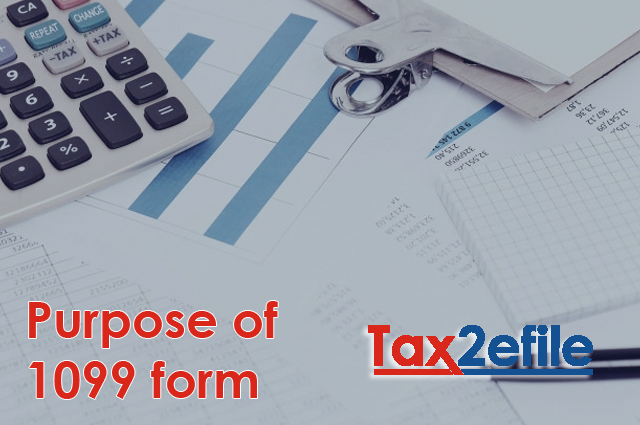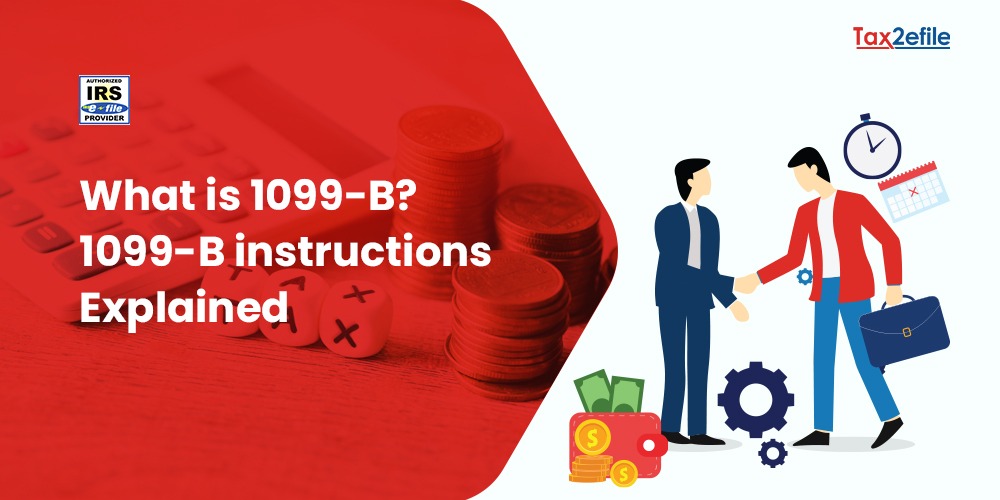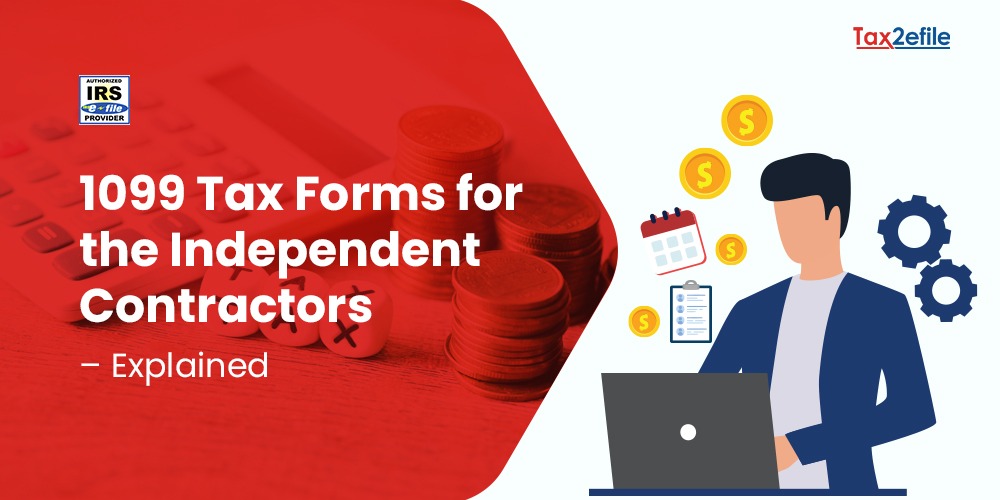- February 28, 2022

Generally, businesses play a guessing game when it comes to filing 1099 Forms. But it is important to sort out the game at the earliest to avoid late fines and penalties. Those who received $600 or more as non-employment income should receive Form 1099. There are many different variants of 1099s that are offered in different situations and there are many exceptions for this $600 rule as well.
Table of Contents
Different variants of 1099 Forms and their purpose
The 1099 Forms are generally considered to be information return Forms and are filed by the businesses to report their expenses. There are many types of 1099 Forms, each having its purpose, and accordingly who sends and receives them also varies.
- 1099- NEC Form: NEC refers to non-employee compensations. This Form is to be filed by businesses that has paid $600 or more to an independent contractor, who is not on their regular payroll, for their services towards the business. So this form is received by freelancers and contractors who worked for a business for a brief period and took $600 or more as workers compensation.
- 1099- MISC Form: Other payments that the business makes over $600 in the course of its trade in the form of rewards, prizes, rents, etc., are reported in 1099- MISC. This IRS Form is meant to report other income payments by the business. Personal payments are not considered and this Form reports payments made by the contractor in the course of their business or trade.
- 1099- INT Form: This form is meant to report interest income. If you are paid interest from your investments either by a bank or a private financial institution, then you will receive Form 1099- INT. Interest is also considered as income by the IRS and it expects its citizens to report this income and pay the applicable tax on it.
- 1099- DIV Form: When banks and large financial institutions offer dividends and other financial distributions to their taxpayers, it is will send them Form 1099- DIV to report this dividend income to the IRS. If you operate a corporation with shareholders, then you will use this Form to report the payment you have made to the investors.
- 1099-R Form: If you receive retirement benefits from the organization you served in the form of annuities and pensions, then you will receive Form 1099 R. Also, if you receive distributions from a self-directed IRA, then you will report that income with the IRS through Form 1099-R.
When will you receive the 1099 Forms?
The businesses, financial institutions, banks, and other entities will mail out all variants of Form 1099 to their beneficiary by January 31st of the tax year. You will have to collect all these Forms and report them as your taxable income with the IRS by March 31st. You can either choose to mail these forms to the IRS or file them electronically.
Just because you received Form 1099, it doesn’t mean you have to pay tax on it. You are expected to report all information about your income with the IRS and if your income is beyond the minimum threshold, then you will be charged with income tax.


